Article written by Liam Murphy
These days, tourists or prospective holidaymakers are not just looking for the most lavish and luxurious hotel rooms. Nor are they looking solely for historic intrigue or landmark attractions. Tourism trends change over the years, and one of the main aspects of the modern world that has affected the sector is that of environmental awareness and the threat of climate change. Eco-friendly movements and the actions of activists such as Greta Thunberg have served to wake the world up to the threats of a shifting climate. This being the case, sustainable tourism (or Ecotourism) has seen a huge surge in popularity over the last few years as destinations strive to give their visitors a green experience whilst also protecting and preserving local wildlife and culture. From preserving areas of beautiful greenery and rare wildlife, to keeping the cost and effects of travel green and friendly, cities, towns and nature parks are investing in a number of ways to help keep the planet safe.
2020 looks set to be a year where countries push to meet their sustainable development goals and the tourism industry is no different. But what are the most sustainable destinations around the world? What are the sustainable cities that you can visit without worrying about your affect on the planet?
Here are The Luxury Report’s top 10 sustainable destinations for 2020!
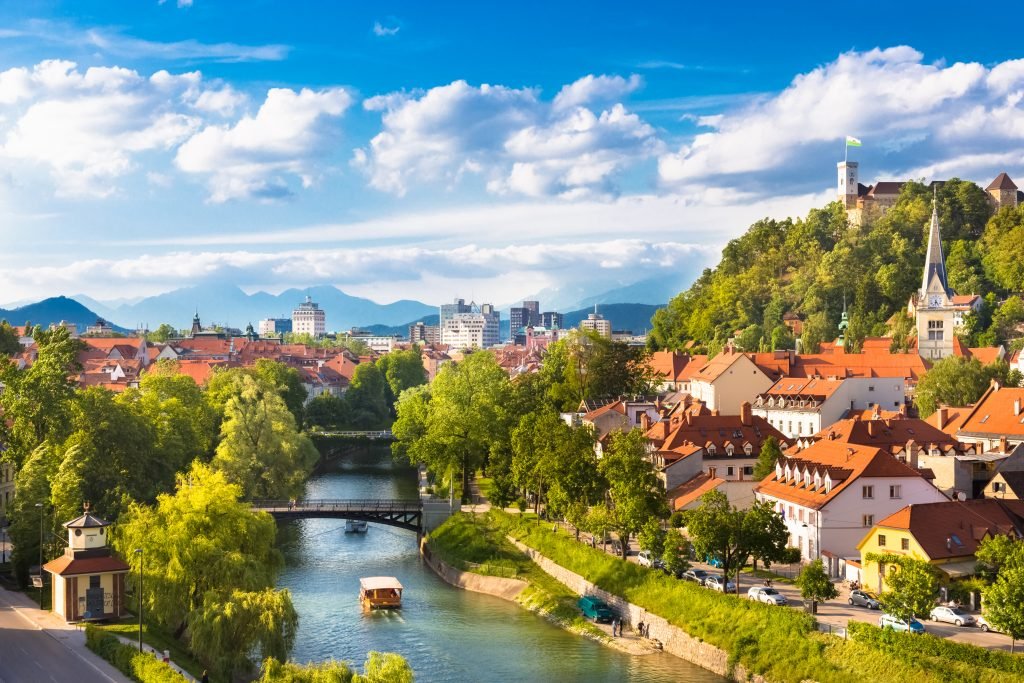
Cityscape of the Slovenian capital Ljubljana
Ljubljana, Slovenia
Ljubljana is actually one of Europe’s smallest capital cities. Its student population gives it a youthful energy, this vibrancy is also shared by the city’s appearance as around 46% of it is covered by the beauty of nature. The entirety of the city centre is encircled by an elegant forest area known as the Trail of Remembrance and Comradeship. Catch a boat or paddle board down the beautiful Ljubljanica River that runs through the nucleus of the city and off into the wilds of Slovenia. Due to the closeness of the river, the city enjoys excellent drinking water and provides walkers and adventurers with over 30 free drinking fountains.
Ljubljana’s excellent sustainability is no accident. The Slovenian capital work hard to provide visitors and locals with an eco-friendly experience. Waste management, sustainable urban planning and an exceptional green mobility system are all aspects that Ljubljana employ that make it one of the most sustainable cities in the whole of Europe.
Visit Ljubljana’s Official Tourism body for more information.
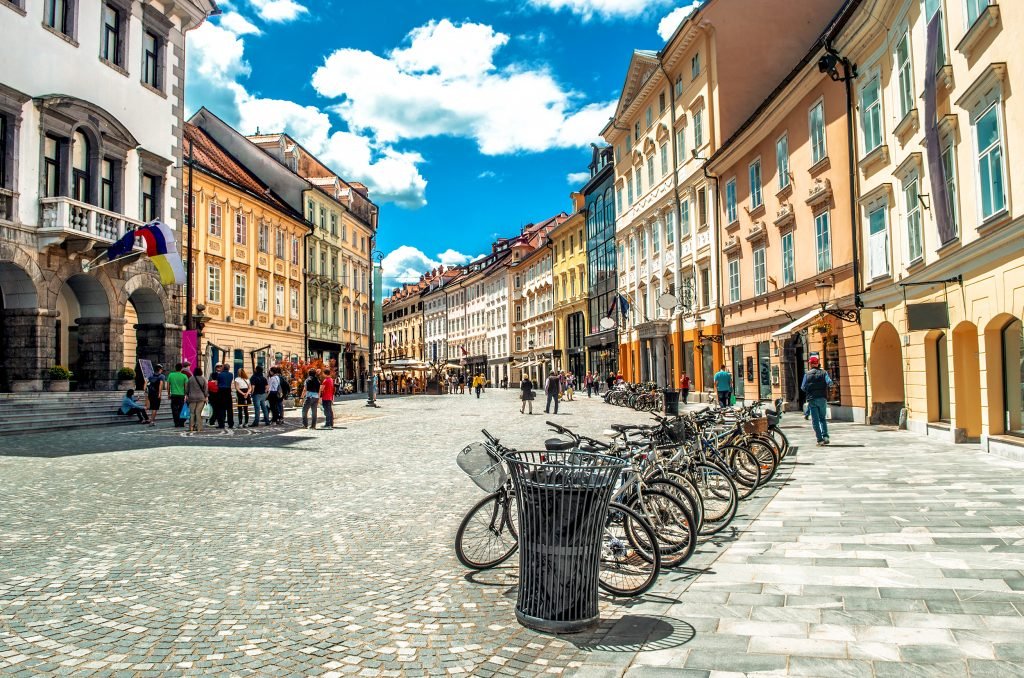
A colourful, vibrant street in the city centre of Ljubljana
Rurrenabaque, Bolivia
This next location nestles deep within the rainforests of Northern Bolivia. Though the political situation in Bolivia is turbulent, there is a widely recognised need for conservation and protection of its surrounding natural areas. With this in mind, tour companies local to the area such as Bala Tours and Indigena Tours provide the once in a lifetime opportunity to explore the Amazon rainforest and its inhabitants in a way that is socially responsible and environmentally sustainable.
Take a trip to El Chorro Waterfall, get acquainted with some creepy crawlies in the fantastic Madidi National Park, or just relax and put your feet up near the Beni River. It can be difficult to find rainforest locations that have an awareness of sustainability. However with the tour companies located in the wilds of Rurrenbaque, you know you’re not having any adverse affect on the beautiful life around you.

Jungle Community in Rurrenabaque
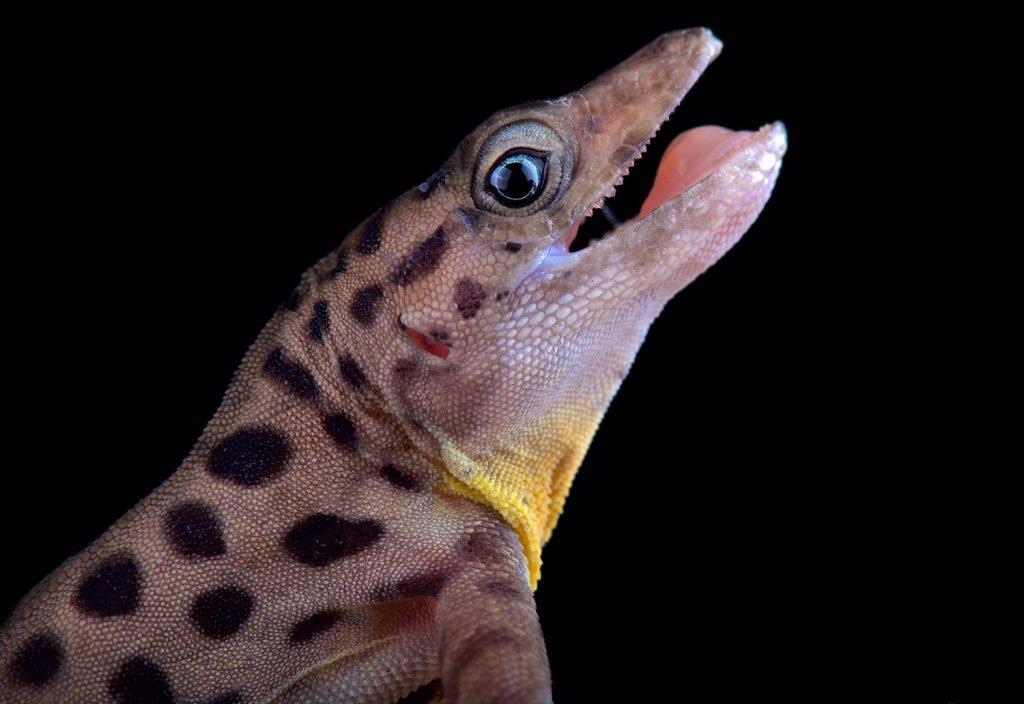
The Saban Anole (Ctenonotus sabanus) is endemic to the Dutch Antilles island of Saba.
Saba, Dutch Caribbean
Size doesn’t matter, especially when it comes to eco-tourism. The tiniest of destinations can implement fantastic sustainable practices because they care more for the little pocket of natural beauty that they have. This is certainly true for Saba, a five square mile island situated in northeastern Caribbean Sea. Devoid of much of the distractions of the modern world, there is only one road on the island of Saba. In contrast, the diverse collection of life that thrives there is breathtaking, from huge gastropod conches to awesome hammerhead sharks.
Local efforts such as that of the Saba Conservation Foundation do a great deal to provide information and education on local wildlife and how to ensure it remains for generations to enjoy.
Visit Saba’s Official Tourism page for more information.

A view of Saba Island
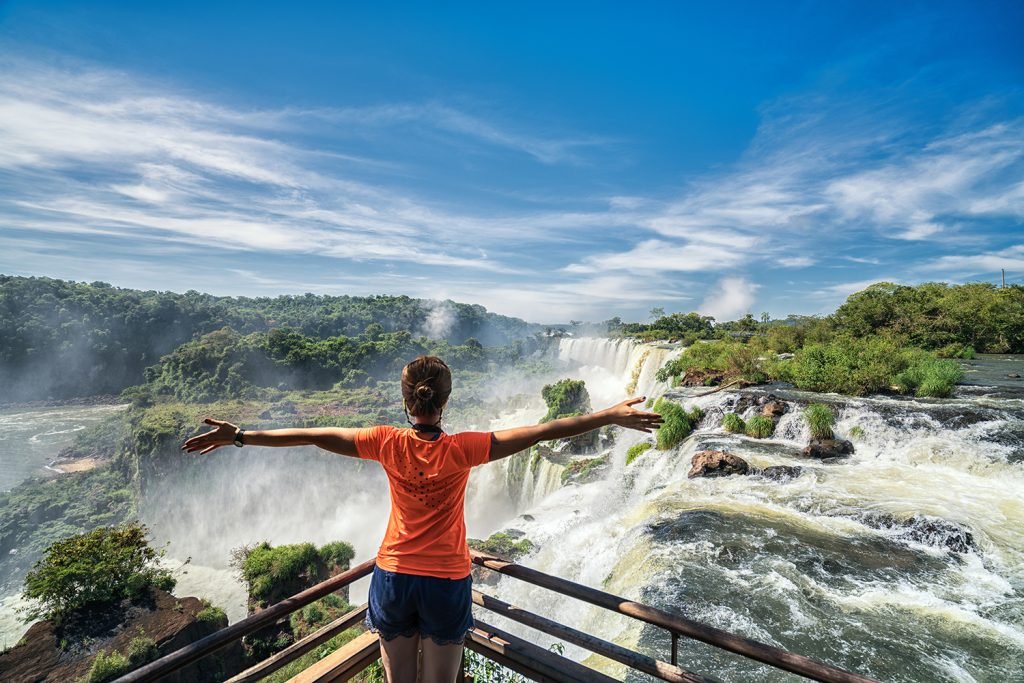
Spectacular view of the Iguazu Falls
Iguazu Falls/National Park, Argentina
Waterfalls are one of nature’s most majestic and awe-inspiring sights. The term Iguazu itself actually means ‘big water’, and the waterfall in Iguazu is arguably its most enticing attraction. However, the sustainable practices that the area has adopted since tourism became popular also attract explorers looking to stay green.
The local UNESCO-listed national park houses giant anteaters, howler monkeys, jaguars and more. It may look beautiful, but the park is doing a great deal to protect local wildlife as it represents a significant remnant of the endangered Atlantic Forest.
Iguazu Falls is one of the largest waterfalls on earth with an 81 meter drop at its highest point. The mere sight of which is an unforgettable experience.
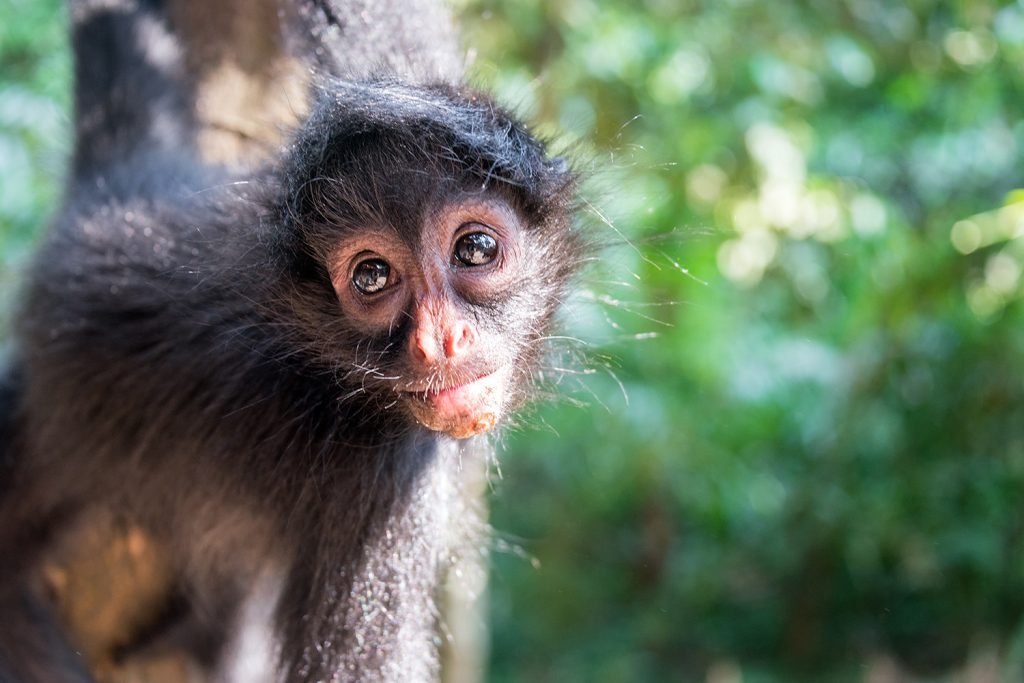
Spider monkey hanging in a tree in Madidi National Park in Bolivia
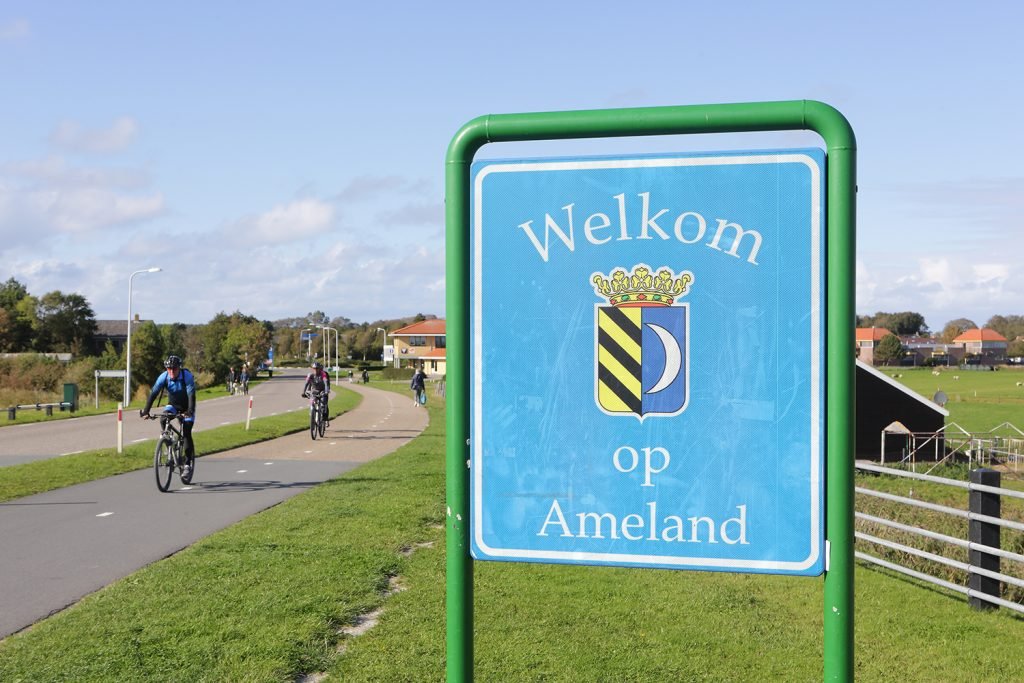
A welcoming, calm and sustainable atmosphere permeates the small island
Ameland, The Netherlands
When someone mentions ‘tourism’ and ‘the Netherlands’, you wouldn’t be forgiven for thinking of jetting off to Amsterdam to enjoy its incredibly tourist-centric atmosphere. But there are many other places that are well worth a visit, one being the small island of Ameland. This tiny island is best traversed on bike as the locals try and keep the air as clean as possible. Spurred on by the Trilateral Wadden Sea Plan, the island is a haven for sustainability and green-thinking.
Highlights include climbing the island’s 56 metre lighthouse, watching seals frolic and thrive on a neighbouring sandbank, and trying the local delicacies the island offers such as rye bread, farm cheese, mustard and catfish. It may be small, but their is a wealth of things to do on what is referred to as ‘The Wadden Diamond’.
Visit the Ameland Tourism website for more information.
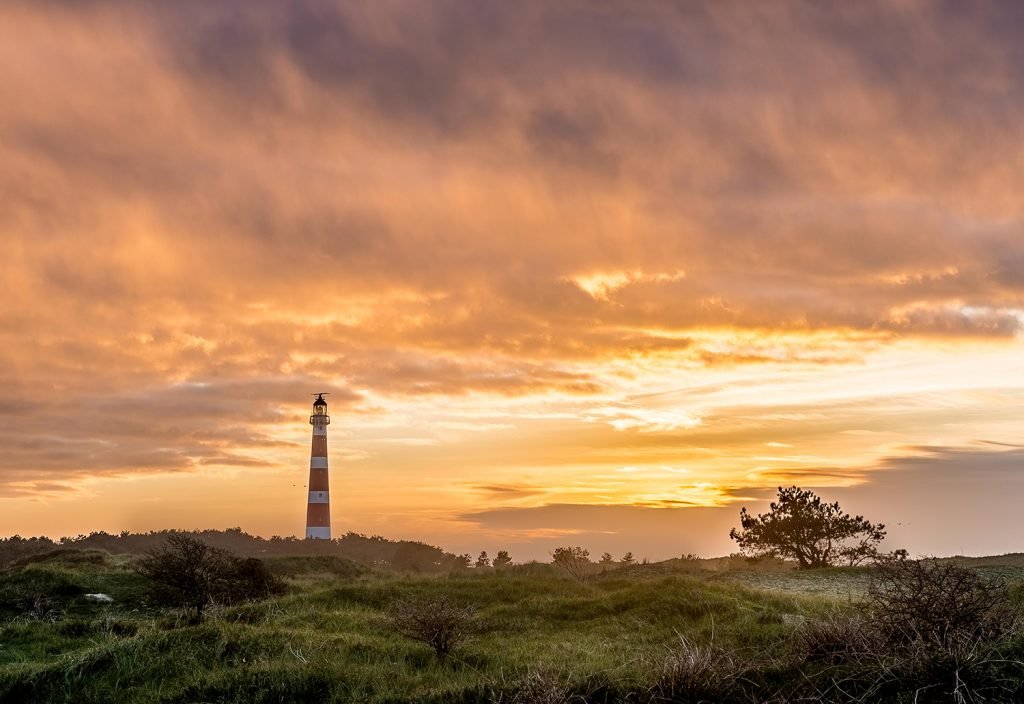
Lighthouse on the island of Ameland in the Dutch province of Friesland

Spider monkey male swinging on a tree branch
Kanuku Mountains, Guyana
These mountains reside in one of the most wild and remote regions of Guyana. Recognised as 1 of the 5 priority protection sites in the country, its ecosystem is so vital that a twenty-year plan was drawn up in 2011 to ensure preservation is paramount. Who wouldn’t want to protect the site? 80% of all mammal species found in Guyana make their home in the Kanuku Mountain area. This is why local efforts like that of Undiscovered Guyana direct wannabe explorers to ecolodges and sustainable services in the area.
Locals and stakeholders have worked incredibly hard to achieve the balance between sustainability and a welcoming tourist-centric atmosphere. And we are very happy to say that it has been achieved and is a fantastic location to visit!
Visit Guyana Tourism for more information.

Greenery and the Kanuku Mountains
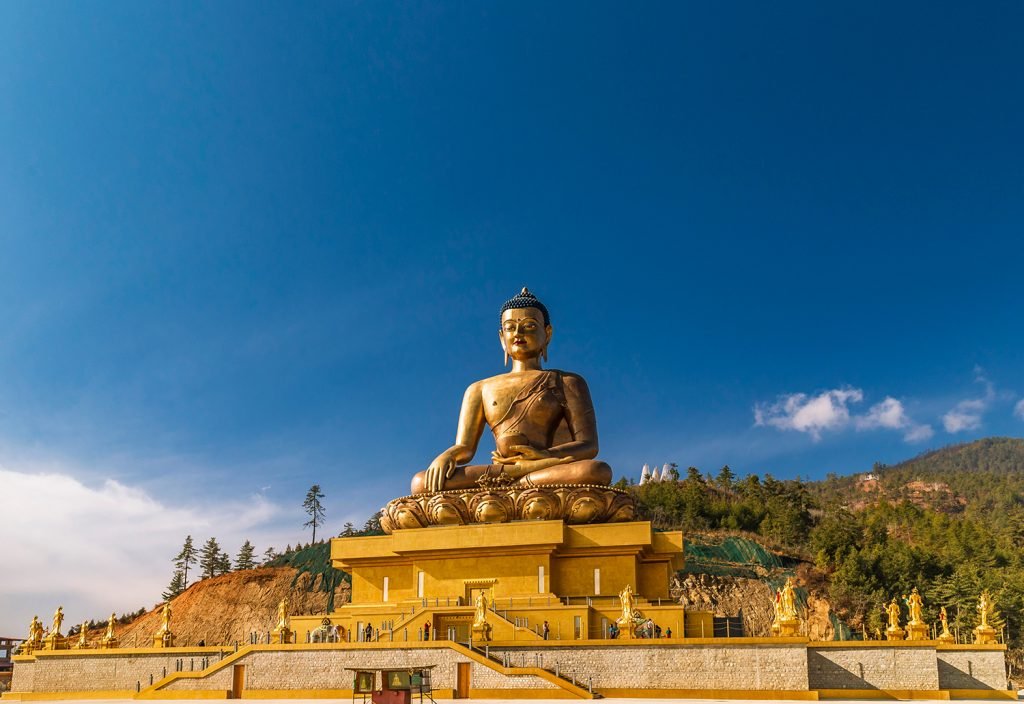
Giant Buddha in Thimphu, Bhutan
Bhutan
They do things a little bit differently in the Kingdom of Bhutan. Political, social and and ecological issues are worked out in conjunction with Gross National Happiness (an index that favours the happiness and wellbeing of a population over financial gain). It definitely seems to work as Bhutan is an undeniably peaceful place, teeming with diverse wildlife that is ready to explore. They are aware of the importance of their beautiful surroundings, with groups like the Royal Society for the Protection of Nature ensuring that travel companies and lodges adhere to strict regulations.
Bhutan Birding and Heritage Travels and many other explorative opportunities await you. Explore this beautiful, unspoiled paradise nestled high in the eastern Himalayas. Follow ancient trekking paths through the mountains, marvel at unique plant life and experience some of the most untouched heritage sites on the planet.
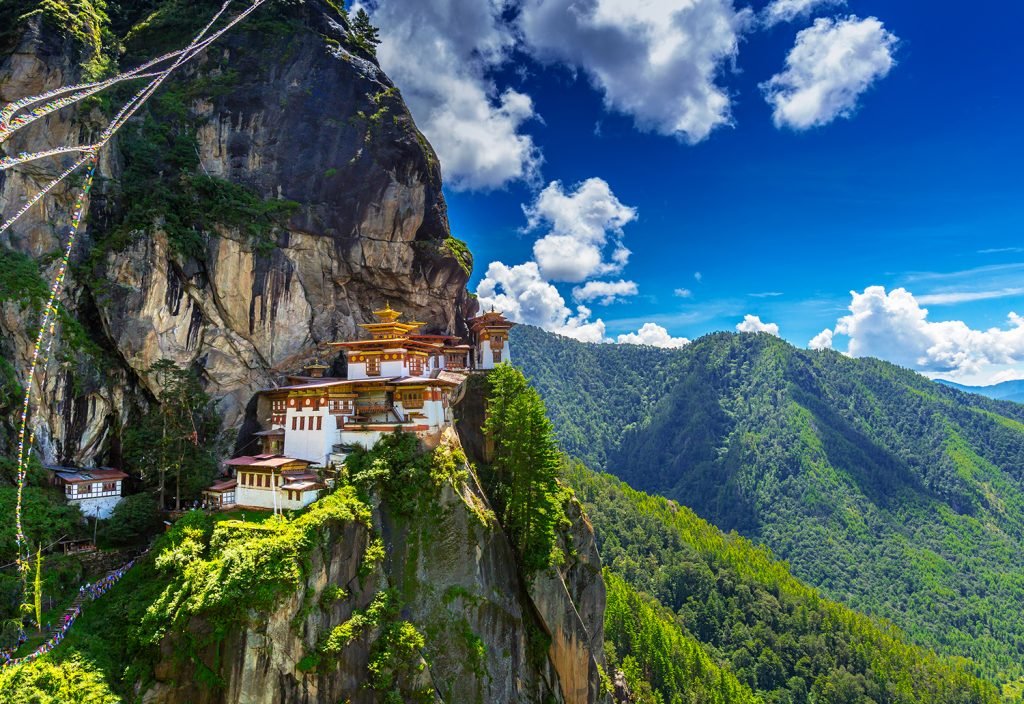
A spectacular view of the Tiger’s Nest Monastery
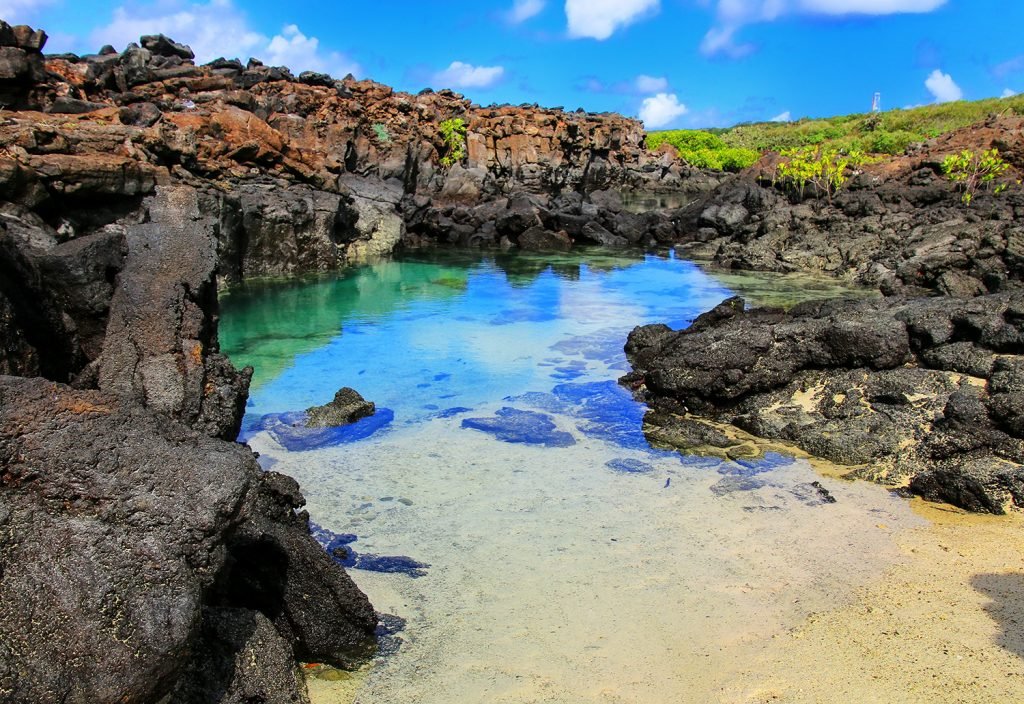
A small lagoon on Genovesa Islands in Galapagos National Park
Galapagos Islands
The sometimes unbelievable and always enchanting life that thrives on the Islands of the Galapagos will be familiar to many people. It features often on Television and is a nature photographers dream. However, many don’t have a knowledge of the amount of hard work that goes into keeping it green and perfect for tourists and David Attenborough fans!
The Galapagos Conservation Trust work tirelessly carrying out coastal clean-ups, tracking the giant tortoises call the island home, and keeping the fragile equilibrium of the ecosystem intact. They also offer those that love the island but can’t find the time to jet out there a chance to help.
But those that are lucky enough to visit will find themselves in one of the most awe-inspiring locations on earth. They will meet a large number of species that you’ll never see anywhere else. The life there has evolved in a unique and fascinating way, at least that is what Charles Darwin thought!
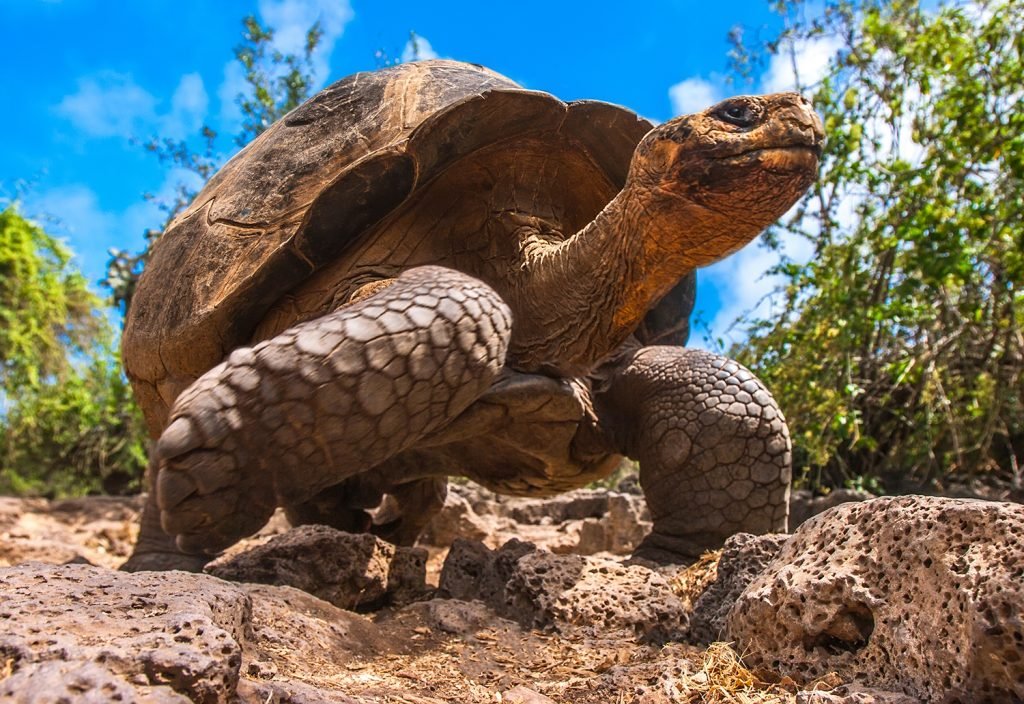
A Galapagos Tortoise

Pafos Harbour Castle
Pafos, Cyprus
To Cyprus now, and the ancient region of Pafos. Known as the principle centre of worship for the Goddess of Love, the Cypriot island is now a destination brimming with antiquated majesty as well as natural spectacle.
Listed as a UNESCO Heritage Site for its rich culture and wealth of sustainable beach spots, Pafos is a destination with so much natural and historical splendour to enjoy. Ancient ruins, rock-cut tombs and Roman Villas with intricate mosaic floors, take a trip back in time with beautifully preserved paradise.
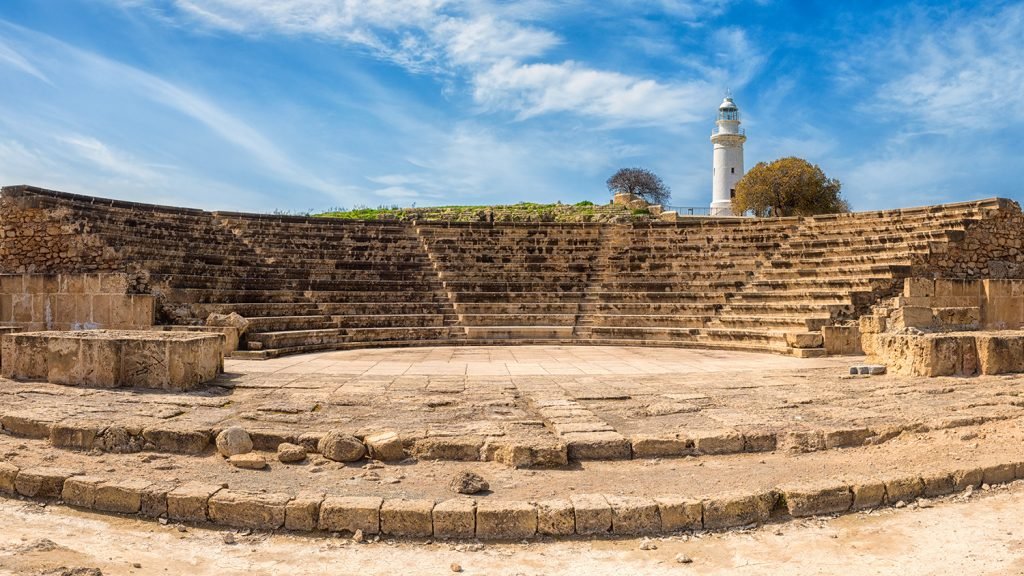
Ancient Odeon amphitheatre in Paphos Archaeological Park
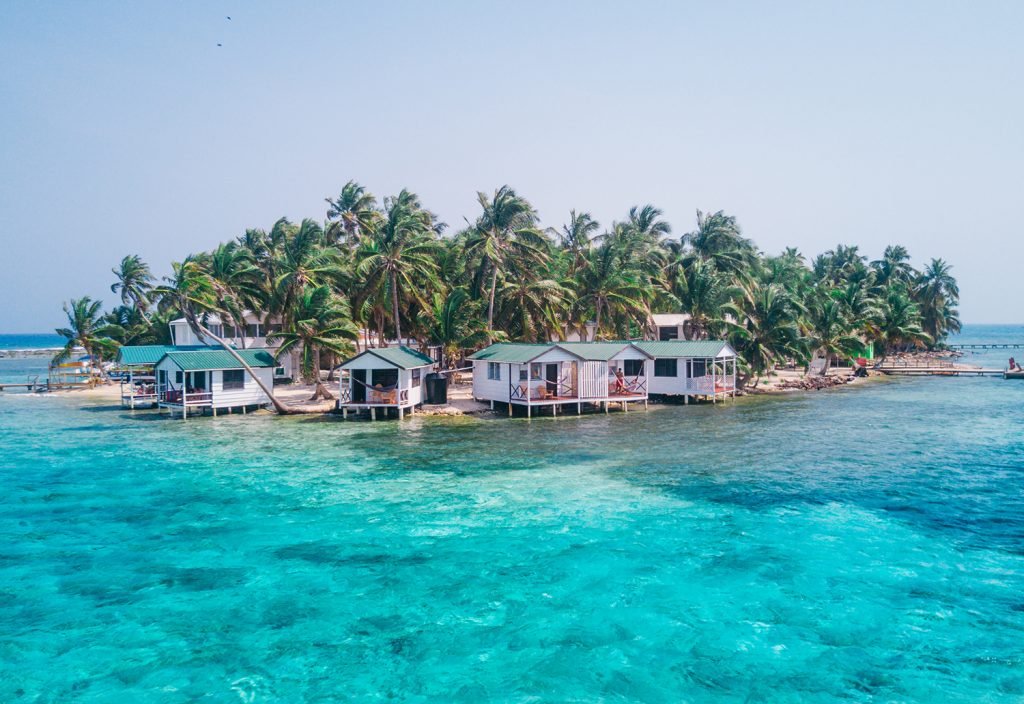
Tobacco Caye in the Belize Barrier Reef
Belize
Caribbean Sea to the left, dense and vibrant jungles to the right! There is not much more you could want and its all in the Central American country of Belize. As more and more people are finding reasons to explore the world’s second largest barrier reef, the regulations and protections that are needed must mirror that demand. Thankfully, those on Belize know this. Diving experiences are a glorious journey through some of the most fascinating habitats in the world, but expect to get a lengthy lecture on the rules and regulations that you must follow before you dive in. With the majority of its land mass dedicated to reserves and parks, you know that you’re in good hands.
You may even find the guesthouse you are staying is built from purely sustainable materials. Its all part of the beauty of an eco-aware destination!

Xunantunich Maya ruins

